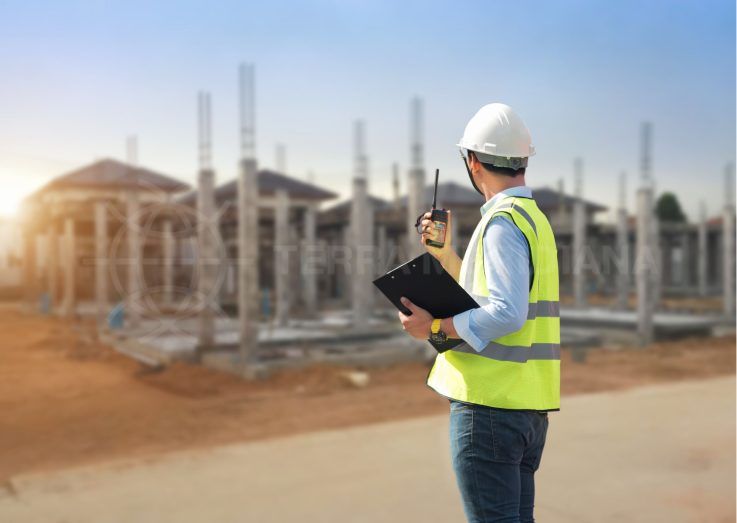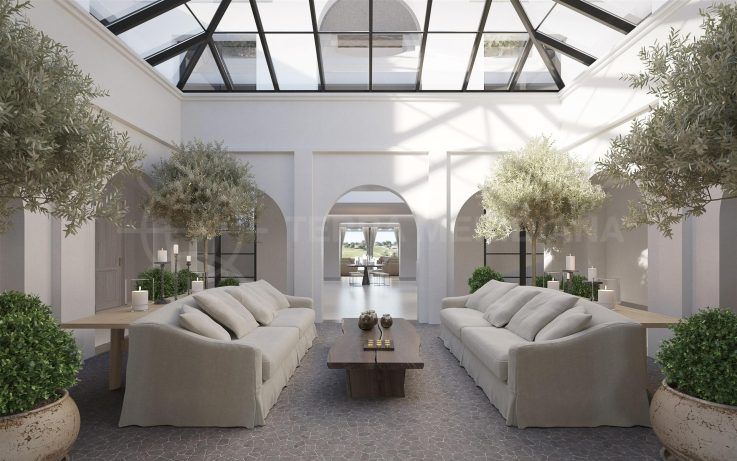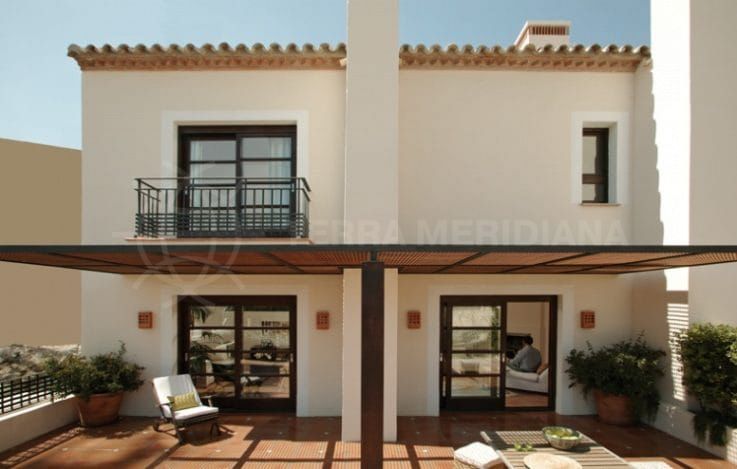
Property News
The costs of developing a new property on the Costa del Sol
In the final part of a short series on developing property on the Costa del Sol, we review the costs, including fees and taxes, that a vendor has to pay – before commencing work, during the build, and at the time of sale.

Developing your own property as a private person means building it yourself, either to use as a permanent residence or holiday home, to rent out commercially, or to sell on. Either way, you will be liable for a variety of administrative and fiscal levies, although these vary significantly depending on the property and municipality it is in.
In addition to fees for professionals such as architects, technical architects, land surveyors and builders, you’ll have to plan in not insignificant sums for local Town Council licences, to the Land and Property Registries and to notaries for registration fees; and, should you sell, taxes such as ‘plusvalía municipal’ (local tax on the increase in the value of the land), also to your local Council, and capital gains tax to the Spanish Tax Agency (‘Agencia Tributaria’, better known as the ‘Hacienda’).
To ensure we crossed all the ‘I’s and dotted all the ‘T’s, we asked Adolfo Martos Gross, a partner at the Costa del Sol firm, GAM Abogados, to talk us through the process. Let’s take a new-build villa in Marbella as an example, where, using round numbers to make the maths simple, the plot costs 500,000€ and construction 1,000,000€.
Before laying the first brick, you need to apply for a building permit (‘licencia de obra’) at your local Town Hall. Assuming the project meets the relevant regulations, Adolfo says that, in Marbella, the licence fee is 4% of the projected build costs. Projected build costs are based on amounts approved by the Architects Association of Málaga and are generally 30-50% lower than the real construction cost. Hence, a building permit will cost 20,000-28,000€. But, he notes, every Town Hall sets its own tax rates, so the percentage can vary from town to town.
Once the property is completed, you have to apply for a licence of initial occupation (‘licencia de primera ocupación’), again at the Town Hall, before you can connect to utilities and legally move in. In Marbella, this is levied at 0.308% of the build cost, and normally based on the same projections provided when applying for the building permit. As a result, set aside another 1,500-2,000€, but again, this varies from town to town.
Thereafter, you need to visit a notary to draw up the deeds of the new property. For these, you’ll be required to pay 1.5% of the real build cost (excluding taxes) in Stamp Duty (‘Actos Jurídicos Documentados’). That, Adolfo notes, adds up to 15,000€, plus another 2,000€ or so for the Land Registry and the notary’s fees.
Up to this point, the costs are the same whether you decide to keep the property or sell it, and they total anywhere between 37,500-47,000€.
If you opt to sell a new villa, just as if it were an existing property, you will be liable to pay ‘plusvalía municipal’. This is taxed at a rate that goes from 18% to 25.25% depending on the number of years of ownership (25.25% for up to five years, 20% up to ten, 18.75% up to 15 and 18% up to 20 years). The taxable base on which the above tax is applied is calculated in line with the following formula: the number of years the property has been owned multiplied by its cadastral value times a variable percentage. If the period of ownership is under five years, the rate in Marbella is 2.5%, and the cadastral value is usually less than half the real market value (2.4% up to ten years, 2.3% up to 15 and 2.2% up to 20).
So, for our 1.5 million-euro villa, let’s imagine the cadastral value to be 700,000€ and that it has been owned for three years. The resulting ‘plusvalía’ would be: (3 x 700,000€ x 2.5%) x 25.25% = 13,256€. But, as cadastral value is not decided immediately upon completion, your local Town Hall may not send a tax demand until a few months, or even up to a year, after a sale.
If you profit from the sale, you will also be liable for capital gains tax, levied at different rates depending on your status (resident or non-resident, individual or company.) Given the intricacies of Spain’s fiscal regulations and the Hacienda’s zealousness, Adolfo suggests you consult a specialist about how best to declare gains.
Typically, all other costs – such as Land and Property Registries, and the notary – are paid by the buyer. However, if the property is mortgaged, the seller is liable for the costs of cancelling an existing mortgage if the buyer does not take it over, including bank commissions, and registry and notary fees.
Adolfo notes that mortgage cancellations are tax exempt and recommends developers negotiate with banks to pay no cancellation fee or, in the worst case, no more than 0.5%. If there is, let’s say, a 300,000€ mortgage pending, cancellation costs should not exceed 500€ for the Land Registry and 800€ for the notary’s fee.
Finally, as the developer of a new-build property in Spain, you also have to take out a 10-year structural damage insurance policy, which, as Adolfo calculates, should cost in the region 4,000€ for our million-euro villa. Being properly informed and advised avoids unexpected surprises and means knowing what to include in your budget.
Originally published in March 2016, updated by Adam Neale in August 2018
By Adam Neale | Property News | August 22nd, 2018
Related Posts


